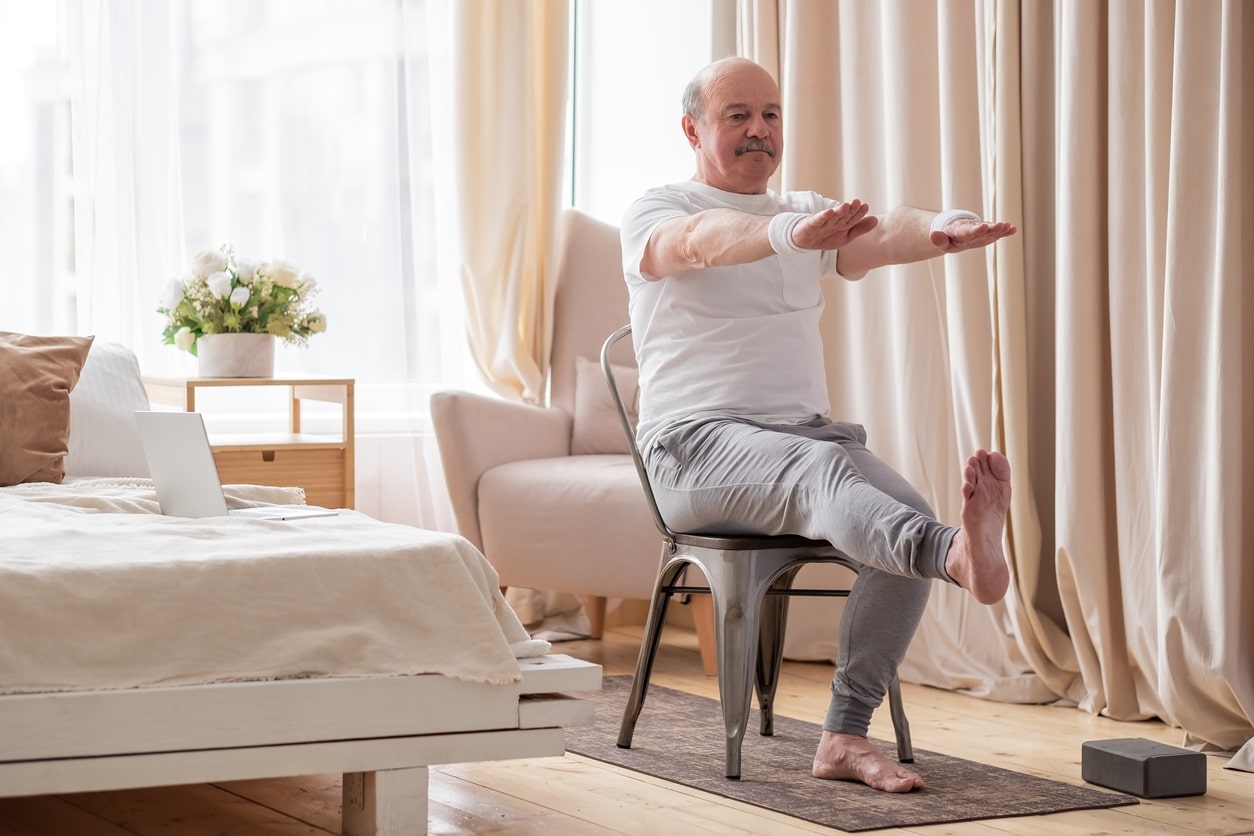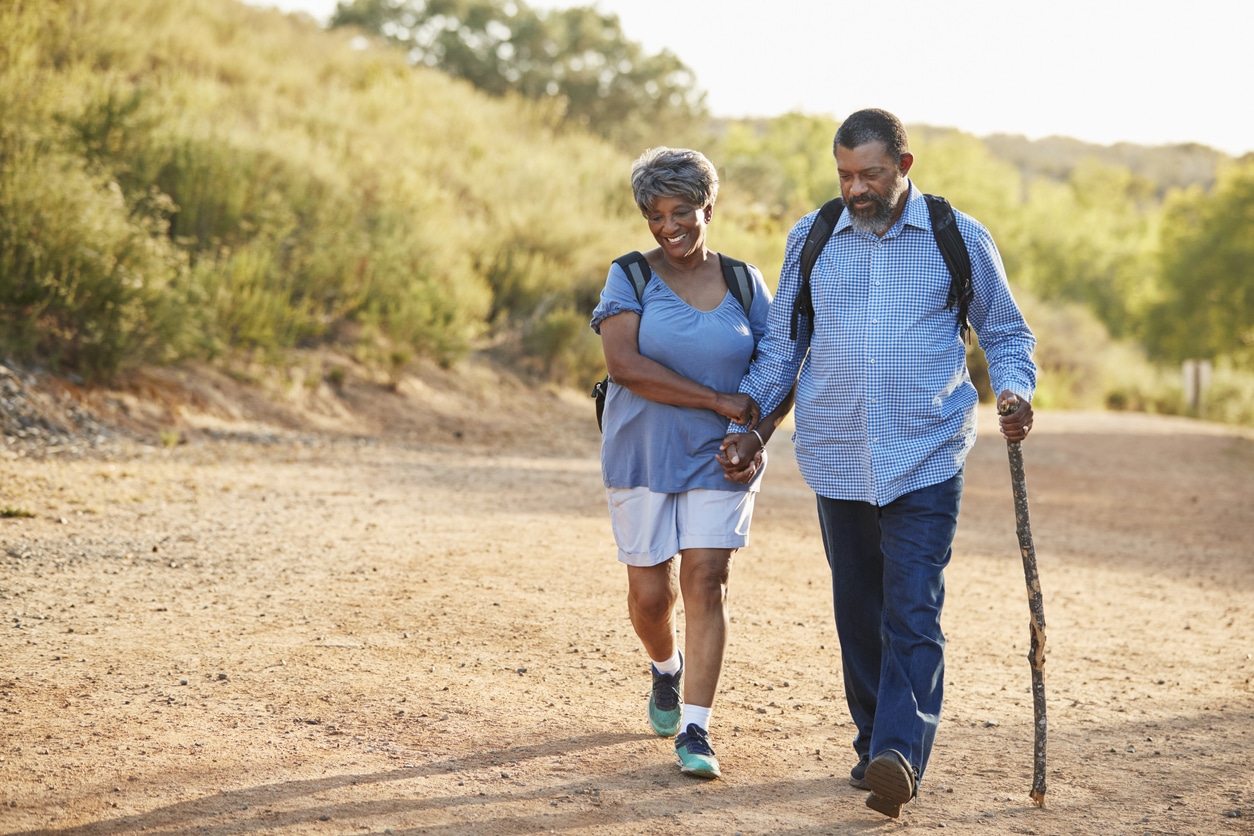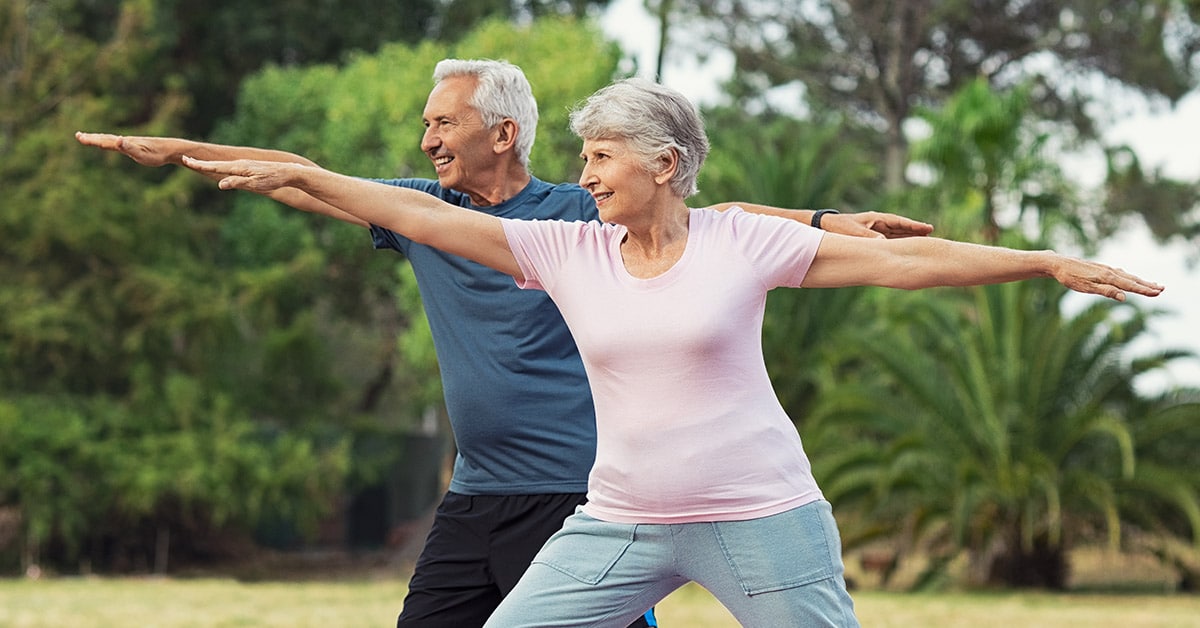Among seniors, falling is a significant risk factor for injury and decline, often leading to long-term consequences. Post-fall, special care becomes imperative for their recovery and well-being.
Navigating Life After a Fall
Even seniors in good physical shape rarely emerge unscathed from a fall. It often results in fractures, such as hips or arms, and potentially head injuries, accompanied by emotional distress and fear.
Prepping the Home
Prior to their return for recovery, adjustments to the home environment are essential, tailored to the specific injuries. Clearing pathways for mobility aids like wheelchairs or walkers is crucial, acknowledging their potential instability on their feet. Kitchen modifications may be necessary for accessibility, such as lowering cabinets or creating wheelchair-friendly spaces. Similarly, bathroom renovations might include walk-in showers or support handles for safety.
Exterior adjustments, like installing ramps, facilitate accessibility, while internal stairs may require chairlifts. However, it’s prudent to evaluate their functionality within the home before extensive renovations, considering temporary relocation during recovery.
Organizing Care
Upon returning home, seniors should not be left alone but supervised for an initial period. This ensures rest without worrying about daily chores or accidents. Family members can take turns or professional caregivers can be hired for assistance with cooking, cleaning, bathing, dressing, and mobility support.
Communication is key to understanding their preferences regarding care, balancing familial support against professional assistance. Some may resist external help due to feeling burdensome, while others may exploit the situation. Implementing a medical alert system offers added security, granting independence with fast access to help should they need it.
Transportation Needs
Regular transportation becomes essential for medical appointments, therapy sessions, and daily errands. Utilizing delivery services for groceries and medications or coordinating with family members can alleviate some burdens. Pre-booking taxis or rideshare services, and exploring community or government assistance for wheelchair transportation, are viable options to manage their mobility needs without overwhelming caregivers.
Practicing Patience
A fall reshapes life for everyone involved, demanding adaptation and patience. Recognizing the adjustments needed to ensure their happiness, safety, and security is paramount for navigating this challenging phase.
Emotional Support
It’s crucial to address the emotional toll a fall can take on seniors. They may experience feelings of vulnerability, anxiety, or even depression as they navigate through recovery. Offering emotional support, engaging in meaningful conversations, and encouraging participation in activities they enjoy can contribute significantly to their overall well-being.
Physical Rehabilitation
Incorporating exercises and physical therapy into their daily routine can aid in their recovery process, improving strength, balance, and mobility. Encouraging them to stay active within their physical limitations helps rebuild confidence and reduces the risk of future falls.
Communication with Healthcare Professionals
Maintaining open communication with healthcare professionals is essential for monitoring progress and addressing any emerging concerns promptly. Regular check-ups, medication management, and adjustments to the care plan ensure comprehensive support tailored to their evolving needs.
Supporting Seniors After a Fall
Adopting a holistic approach after a fall is crucial for seniors’ safety and well-being. By addressing the physical, emotional, and practical aspects of recovery, we can provide comprehensive support as they navigate this challenging phase of life. Through emotional support, physical rehabilitation, effective communication with healthcare professionals, and a nurturing environment, seniors can regain their independence and quality of life. This approach not only facilitates a smoother transition back home but also promotes long-term health and resilience.




